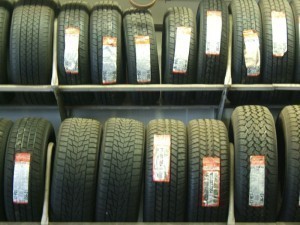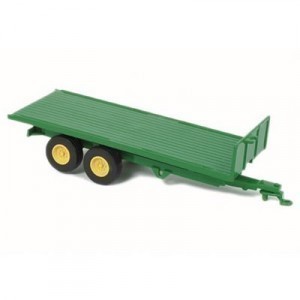Tire Size Comparison
One of the most important aspects to look at when buying a vehicle is the tire size. By learning how to decipher the information on tires, the easier you’ll be able to compare them.
By learning how to decipher the information on tires, the easier you’ll be able to compare them.
Understanding a Tire Chart
The tire chart will have a series of letters and numbers like P255/60 R15 82H. The first letter stands for the vehicle itself. P means passenger, LT stands for light truck, ST (special trailer) and T for a temporary spare.
The numbers beside it denote the width. For example, P225 means the tire cross section measures 225 mm. This measurement is taken from one sidewall to the next.
The Aspect Ratio and Other Info
There is a slash after the width numbers. When reading tire sizes, remember that it refers to the aspect ratio. The ratio is represented in a height/width percentage. If the figures read P225/60, the ratio is 60%. Next is the tire’s internal construction. Cars often use radial and this is indicated by the letter R.
The rim size is next. The 15 in the P225/60 R15 means 15 inches. Some labels might also list the load index. The load index is based on the Maximum Load Carrying Capacity Chart. If it reads 82, it means the tire can hold up to 1,047 lbs or 75 kg. With four tires, it means the car can lift 4,188 lbs (1,900 kg). The H indicates the speed rating.
H means 130 mph in a tire size chart. Other letters are Q (99 mph), V (150 mph), T (118 mph), and S (112 mph). U means 124 mph and Z is equal to 149 mph. This speed tells you the fastest safe speed the tire can move. These measurements are based on ideal driving conditions.
Different Tire Types
It goes without saying that manufacturers have developed numerous kinds of tires. However these can be classified under some general headings. High performance tires are developed for high speeds. These are composed of softer compounds. The traction is more sophisticated than those on ordinary tires. However there are also now high performance street tires.
Special Purpose Tires
Although tire sizes in racing cars look the same, their make up is very different. They have been optimized for moving at high speeds and making quick turns. Their threads are also different. Mud and snow tires have soft compounds.
Their makeup is also suited for the said terrain. The softer thread allows for stronger grip on slippery terrain. However these cannot be used in hot conditions; they’ll wear down quickly.
Mud tires are specially designed to handle muddy surfaces. The designs are also open so the muddy substance can be cleared quickly. These tires are also wider than on most vehicles. This is necessary so the weight is spread more evenly throughout the vehicle.
The bottom line is that there is more to tire sizes than just finding one that fits your vehicle. But given its importance, you should take the time to study the tires carefully.





